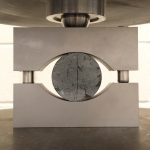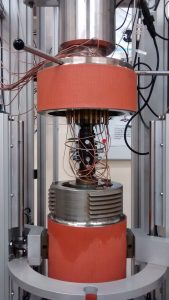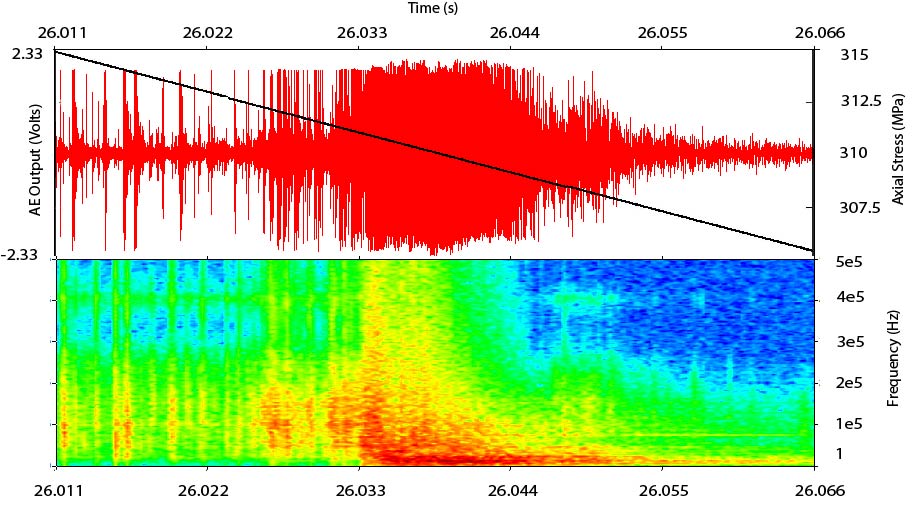With the UK government’s belief that shale gas has the potential to provide the UK with greater energy security, growth and jobs there is both increasing interest in exploitation and concern over the potential resulting environmental impact.

Research to understand such impacts are key and the Univeristy of Portsmouth have a group within the School of Earth and Environmental Science that focuses on how rocks deform, under what conditions of pressure and temperature, and how the physics of the process generate signals such as seismicity. This work is carried out in their recently upgraded rock mechanics laboratory, which is also available for commercial work.
Currently this group have a number of research projects, details of which can be found here, but in the current context of fracking and concerns

about induced seimicity it is the project on “Rock mechanics: Hydro-fracture in the laboratory and its use in linking permeable fracture networks to seismic data” that is probably of most interest.
This particular project “investigates the dependence and fracture mechanics behaviour of the fluid driven mechanical fracture process to assess the competition between permeability and overpressure upon the derived fracture pattern. In addition, new data is being generated to test the link between the measured seismicity and the accuracy of the fracture patters with the aim of calculating the permeability of the fracture network remotely, as well as using the seismicity as a forecasting tool to mitigate risk.”

If you want to know more or how you could work with the Rock Mechanics laboratory and research staff at Portsmouth University then please contact Pete Rowley.

